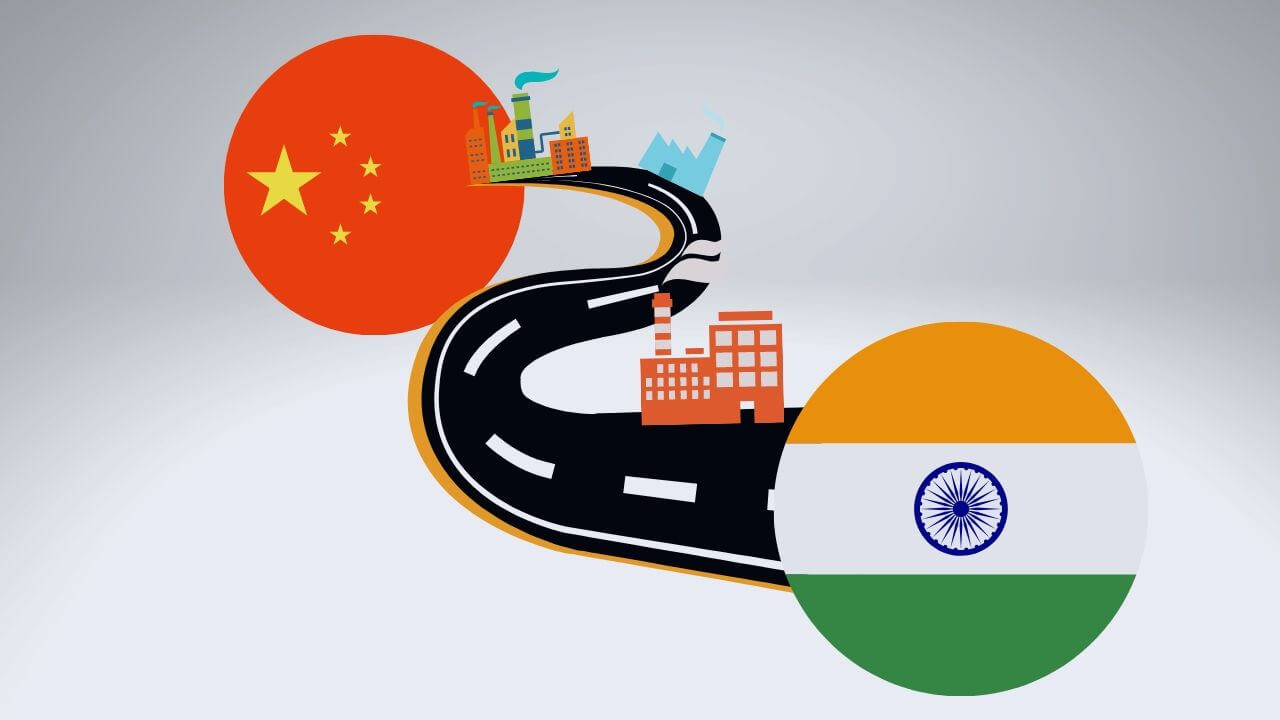India as a Manufacturing Alternative to China
Over the past few years, the global manufacturing landscape has undergone a significant transformation. Rising labor costs in China, ongoing geopolitical tensions, the COVID-19 pandemic disruptions, and a push for supply chain diversification have encouraged companies to look beyond China for their manufacturing needs. India has emerged as a top contender, offering a compelling alternative for global brands.
In this blog, we’ll explore why India is becoming a preferred manufacturing destination, sectors gaining traction, challenges, and why working with a local agent is key to successful sourcing.

Why Global Companies Are Considering India
📈 1. Strong Government Support for Manufacturing
India’s government has launched several ambitious initiatives to boost its manufacturing capabilities, including:
-
Make in India: Launched in 2014, aimed at transforming India into a global manufacturing hub across 25 sectors (source).
-
Production Linked Incentive (PLI) Schemes: Offering financial incentives for companies to set up manufacturing units in sectors like electronics, pharmaceuticals, textiles, and automotive (source).
-
National Logistics Policy: Focused on improving India’s logistics ecosystem to support seamless manufacturing and export operations (source).
👩🏭 2. Competitive Labor Costs
India offers one of the lowest labor costs among major economies. According to Statista, India’s average manufacturing labor cost is around $1.8/hour compared to $6/hour in China (source).
This makes it an attractive destination for labor-intensive industries like textiles, footwear, electronics assembly, and furniture India-Agent.com.
🌍 3. Large and Growing Domestic Market
Apart from being an export hub, India itself represents a massive consumer base of over 1.4 billion people. Companies manufacturing in India can serve both the local market and international markets, improving economies of scale.
🚚 4. Geopolitical Diversification
Many companies want to de-risk their supply chains from China-centric models. Establishing a footprint in India allows for a China + 1 strategy, reducing overdependence on one country.
🔗 Learn about China + 1 Strategy
Key Sectors Where India is Emerging Strong
| Sector | Strengths | Example |
|---|---|---|
| Electronics | PLI incentives, skilled engineers | Apple’s iPhone manufacturing in India (source) |
| Textiles and Apparel | Largest cotton producer, rich artisan base | H&M, Zara sourcing increasing from India |
| Pharmaceuticals | World’s largest generic drug producer | India supplies 20% of global generics |
| Automotive | Strong base for auto parts, EV growth | Tesla exploring suppliers in India |
| Renewable Energy Equipment | Solar panel and battery manufacturing | Adani, Reliance Industries expanding |
Challenges in Manufacturing in India
While India’s potential is immense, companies should also be aware of certain challenges:
-
Infrastructure gaps: Though improving, India’s infrastructure is still catching up with global standards.
-
Bureaucracy and Compliance: Complex regulatory requirements can slow down setup and operations.
-
Skilled Labor Shortages: Certain high-tech industries may face a gap in highly skilled workers.
-
Supply Chain Fragmentation: India’s logistics system, while improving, can still be challenging compared to China’s well-oiled networks.
This is why working with a local sourcing and manufacturing agent becomes crucial.
🔗 Explore India-Agent.com Services
Why Working with a Local Indian Agent is Key
Hiring a trusted Indian agent can help foreign companies navigate:
✅ Supplier Identification: Finding reliable manufacturers with proven track records.
✅ Negotiations: Getting better pricing and terms by leveraging local relationships.
✅ Quality Control: Regular factory audits and production monitoring to ensure standards.
✅ Regulatory Compliance: Helping with certifications like BIS, CE, ISO, and export documentation.
✅ Logistics Coordination: Seamless shipment consolidation and export support.
By partnering with a local expert, companies can reduce risks, accelerate market entry, and improve margins.
🔗 Why You Need a Local Agent in India
Future Outlook: India’s Manufacturing Growth by 2030
-
India’s manufacturing sector is expected to grow to $1 trillion by 2030, contributing nearly 20% to India’s GDP (source).
-
With initiatives like Industrial Corridor Projects and Smart Cities Mission, India aims to create integrated manufacturing and logistics hubs across the country.
-
Global MNCs like Samsung, Apple, Boeing, and Siemens are already expanding their manufacturing footprint in India.
Final Thoughts
The global manufacturing map is being redrawn—and India is at the center of this realignment. For companies looking to diversify sourcing, lower costs, and tap into one of the world’s largest markets, India presents a strategic and timely opportunity.
However, success requires understanding local dynamics, navigating complexities, and building strong local partnerships.
This is where India-Agent.com becomes your trusted partner, offering tailored solutions to help your business grow in India.